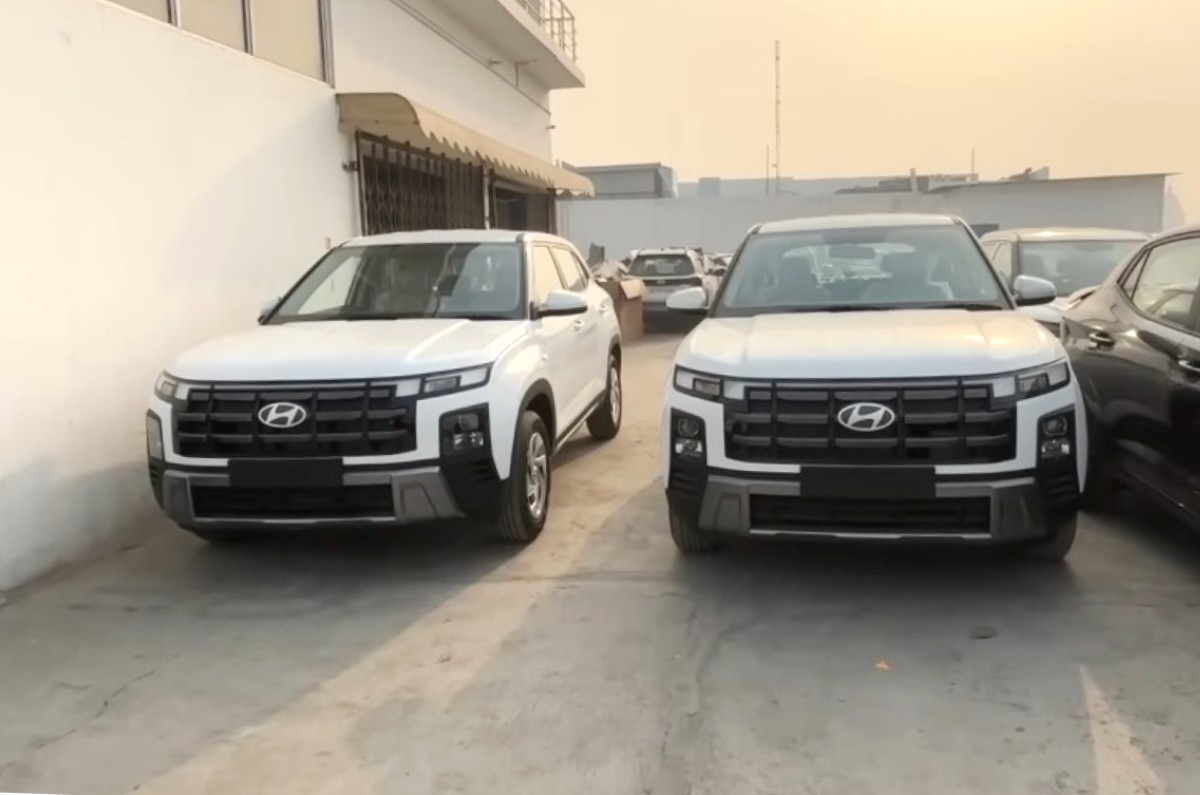Refreshed Creta diesel bookings account for 43 percent of total bookings.
Just 45 days after Hyundai brought out the Creta facelift, the midsize SUV has already racked up 75,000 bookings, says the brand. In an interaction with Tarun Garg, COO, Hyundai India, revealed a number of details about the Creta including buyer preferences, waiting periods for delivery, pending bookings and sales.
- Entry-level Creta variants account for 10 percent of bookings
- Creta diesel AT has the highest waiting period
- Creta N Line could help sales of the midsize SUV reach 16,000 a month
Hyundai Creta facelift bookings
Of the 75,000 bookings received for the refreshed Creta, 90 percent of buyers opted for the mid-spec and top-spec variants of the Creta, indicating a preference for a higher number of features and safety kit. In addition, 43 percent of buyers opted for the diesel model, showing there is still demand for the engine in the midsize SUV segment.
Hyundai Creta facelift waiting period
It seems demand for the Creta diesel may be higher than Hyundai anticipated as those who book their model today will have to wait for up to 24 weeks for delivery; opting for the manual over the automatic may shave a few weeks off the wait. Meanwhile, naturally aspirated petrol variants have the least wait times – about 8 weeks – with turbo-petrol trims reportedly having slightly longer ones.
Hyundai Creta facelift sales, production
With 15,276 Cretas sold in February 2024, Hyundai experienced a 12 percent year-on-year growth for the model – this also marked the highest ever Creta sales in India. Garg is confident that with the introduction of the Creta N Line, scheduled for March 11, sales of the model will cross the 16,000-unit a month mark. This should help the Korean brand sell more than the 1.57 lakh units of the Creta it sold in 2023.
He also revealed that Hyundai currently has 97,000 pending bookings – models that have yet to be delivered to customers – and the Creta accounts for 50 percent of that number. The brand had ramped up production last year, adding capacity of 50,000 units per annum, reaching a total capacity in India of 8,25,000. Hyundai says that they are at 95 percent capacity utilisation, of which exports account of 20 percent of cars and SUVs produced. With the addition of capacity from the recently acquired Talegaon plant, Garg said that in the mid-term, capacity should increase to 10 lakh per year.
Also see:
Hyundai Creta facelift review: Even more wholesome now


